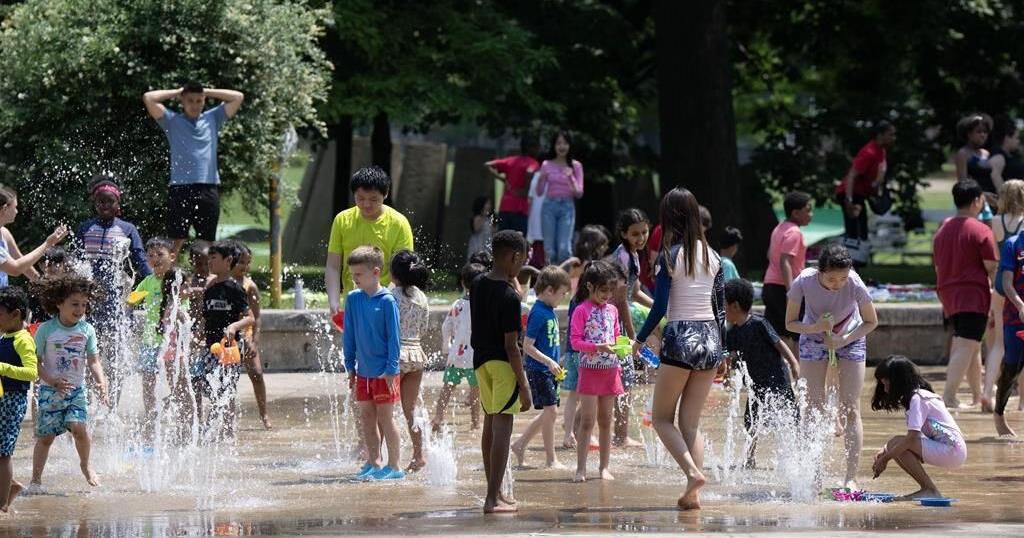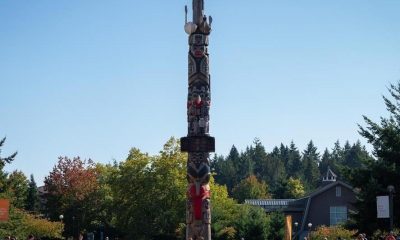CALGARY – An analysis of race-based data shows Calgary police used a disproportionate amount of force against Indigenous and Black individuals in the city last year.
The Calgary Police Service made a commitment to collect and report on race-based data in 2020.
The findings, in two reports released at the Calgary Police Commission, showed that when it comes to use of force, Indigenous women and men along with Black males were overrepresented compared with their population totals.
Use of force includes stuns and strikes, dynamic takedowns, leg restraints, spit masks, restraint rings as well as the use of batons, pepper spray, conducted energy weapons, bean bag guns and firearms.
The reports examine racial data associated to the use-of-force subjects and allows the police to identify and monitor indicators of bias and systemic racism.
The report also found that racialized males and females were underrepresented in numbers when it comes to use of force.
Calgary Deputy Police Chief Brad Tawfik told the commission that the information is not based on interviews with the perpetrators or victims of violent crime – but officers’ perceptions and from reports that are filed.
“At this point it’s perception data but there’s talk at the national table around whether it should be self-identification … or both,” Tawfik said.
“This is a start and we recognize that limitation in our analysis so I think it’s a good caution for all of us.”
Tawfik said the public has to be careful about drawing conclusions just from the data.
He said the data shows that only one in every 703 officer interactions rises to the level where the use of force is used.
“It’s quite small. It’s about 0.14 per cent of interactions that we have would rise to a level of use-of-force report being submitted,” Tawfik said.
“That doesn’t take away from the significance of what we see here and what we find around the data but it just gives context to a quite small sample. But it’s something we obviously want to pay attention to.”
Chief Const. Mark Neufeld said the service has worked concurrently with its partners nationally on the development of data standards while developing its own interim methodology.
“We are sharing the results of the analysis conducted by the Calgary Police Service as additional efforts towards a national framework remain underway.”
When it comes to victims of violent crime, Indigenous individuals are 2.5 times overrepresented as victims while females who are assaulted, robbed and victims of sex offences are disproportionately higher than their percentage of the population.
The chair of the Calgary Police Commission said the collection of the data has been a priority.
“Race-based data helps us better understand areas where some communities are experiencing policing differently than others, and it makes it possible to track the effectiveness of the ongoing work in this area,” said Shawn Cornett.
“While the release of these reports is a big step in the right direction, we know it is not the last step. There will be a lot more analysis and hard work ahead that this data will make possible.”
A report released by police in Toronto in 2022 found 39 per cent of people police used force against in 2020 were Black.
It also found Black residents were more likely to have a police officer point a firearm at them when they appeared to be unarmed than white people.
Toronto’s police chief publicly apologized.
Other findings in the report include that of the approximately 5,000 missing persons reported last year, youth between 12 and 17 make up more than half of all reports and that female Indigenous youth with chronic histories are the most overrepresented group.
This report by The Canadian Press was first published Sept. 25, 2024.
























